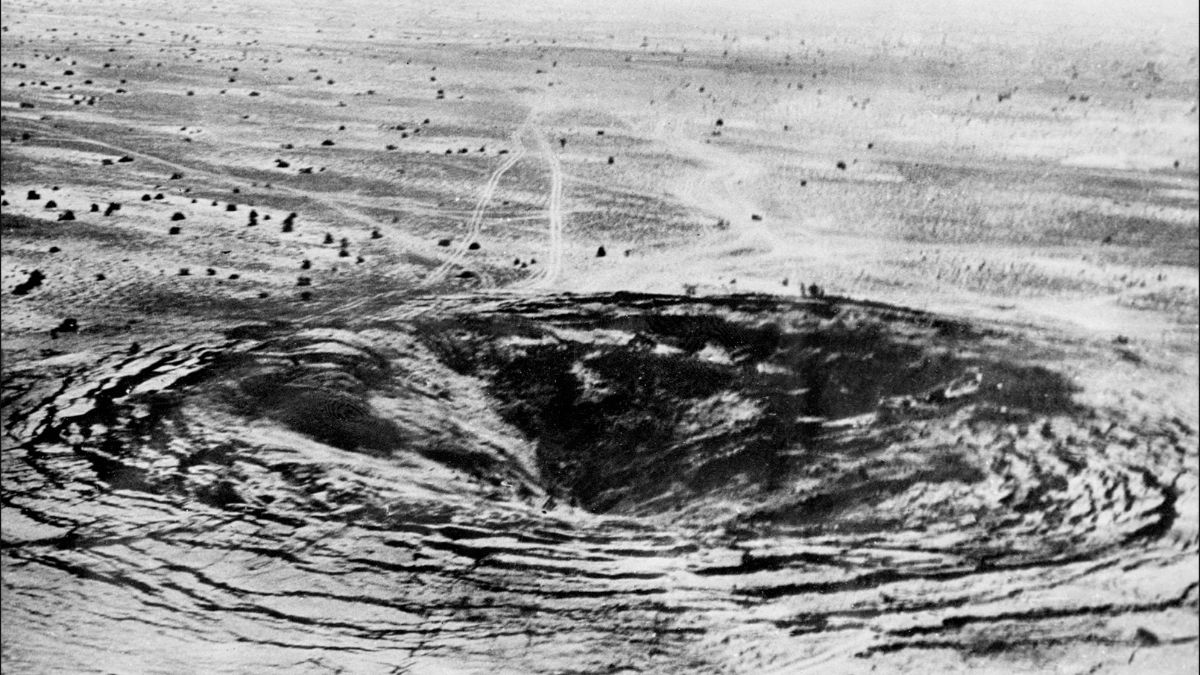)
India's Journey to Becoming a Nuclear Power on May 18
India officially entered the realm of nuclear power on May 18, 1974, with the successful demonstration of its first nuclear test, codenamed "Smiling Buddha." This pivotal moment marked India as the sixth nation in the world to possess nuclear weapons, a significant achievement in its defense and strategic landscape. The test took place at the Pokhran Test Range in Rajasthan, highlighting India's determination to develop its own nuclear capabilities.
The 1974 test was just the beginning. Years later, in 1998, India reaffirmed its status as a nuclear power by conducting a series of tests, collectively known as Pokhran-II or Operation Shakti. This operation included the detonation of five nuclear devices, further establishing India's position in global nuclear politics. Although these tests drew international scrutiny and criticism, they were crucial in reinforcing India’s commitment to its defense and strategic autonomy.
The journey of India becoming a nuclear power is a testament to its resilience and ambition. By mastering the complexities of nuclear technology, India not only bolstered its own national security but also became a significant player in the international arena. The developments following May 18 have played a vital role in shaping India's diplomatic relations and defense strategies.
Understanding India's transition during this period offers insights into how nuclear capabilities can influence a nation's global standing. As a nuclear power, India navigates a complex geopolitical landscape, balancing international relations while ensuring its sovereignty is maintained. For more in-depth information about India's nuclear tests, visit Nuclear Weapons Archive.
